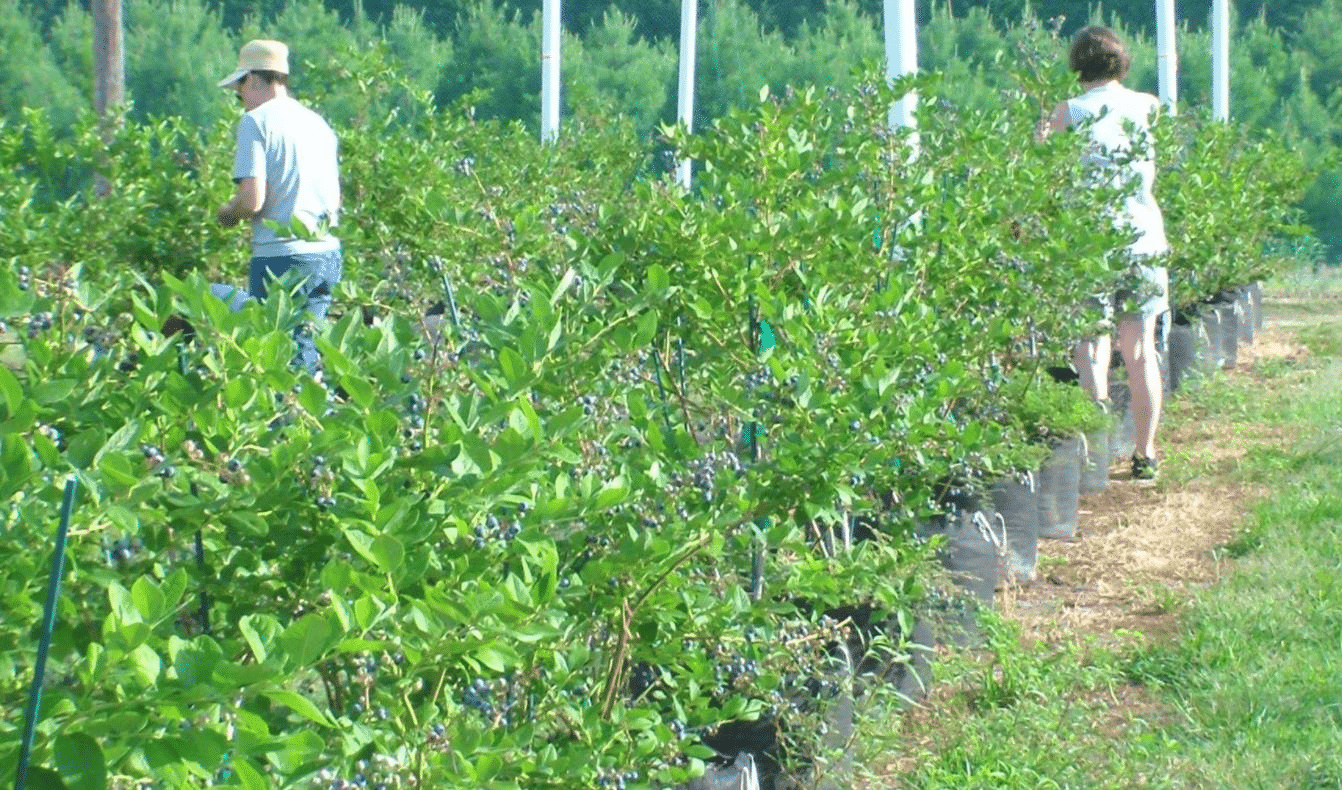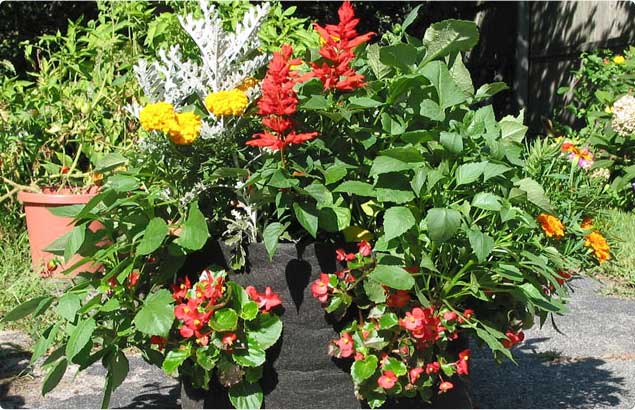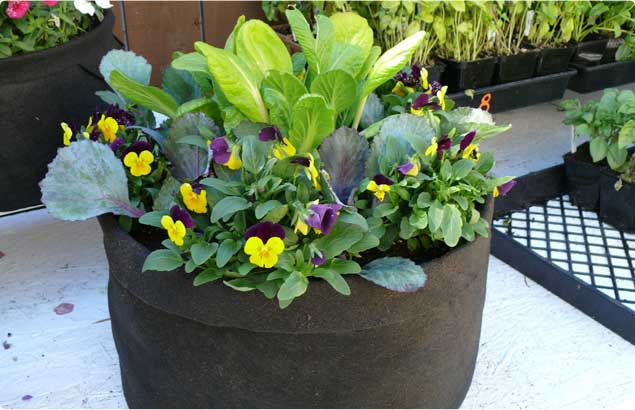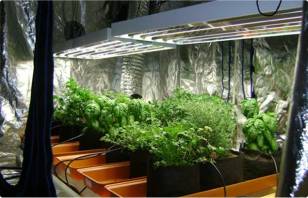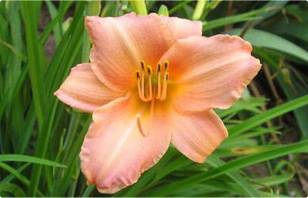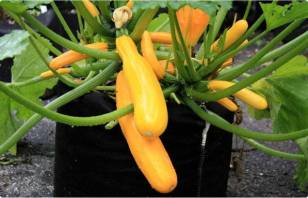How to Grow Blueberries in Smart Pots
Brent Jacobs didn’t completely ignore the advice of the extension agent who advised him against planting blueberries. He simply bagged the conventional way of planting and planted in Smart Pots instead.
Blueberries need an acidic soil and that’s easier to control pot-by-pot, instead of an entire field. Smart Pots make it possible for Brent to grow 1000 blueberry plants at the family’s Owasso Christmas Tree and Berry Farm in northeast Oklahoma. In addition to 12,000 Christmas trees and the U-pick blueberries, the farm includes five acres of pick-your-own blackberries, grown the traditional way.
After the bottom fell out of the landscape business in 2008, Brent was looking for a summer crop to replace landscape trees and a way to reuse his supply of 45-gallon Smart Pots.
The next summer, he experimented with growing one blueberry plant in a 15-gallon Smart Pot. He says he didn’t know anything about growing blueberries, but over the years taught himself how to get bushels of berries through trial and error.
He still has that first blueberry bush, too.
“I’ve been more lucky than good,” he says giving credit to a special soil mix with the right amount of pH. Soil with a pH in the 4.5-5.5 range is essential for growing blueberries.
For home gardeners who’d like to grow blueberries, Brent recommends filling each Smart Pot with a combination of a good-quality peat moss (40%) mixed with the smallest size of pine bark mulch (60%). This mixture creates a light, loamy and acidic soil that holds some water, but allows for good air flow to keep roots healthy.
He also recommends starting with 4-5 plants and giving them time to start producing berries. His top picks are Northern High Bush blueberry varieties with staggered ripening times. This strategy allows for an extended season of harvest, from June until about the beginning of August.
His choices include Reka and Duke as the first berries to ripen. Later season varieties include Patriot, Bluecrop, Blueray, and Chandler. Berries from each variety are a different size and have a different taste.
The secret to growing blueberries in Smart Pots is maintaining that acidic soil. “If you keep the pH right, growing blueberries isn’t that difficult,” Brent says.
While soil pH is important, it’s critical to monitor the pH level of the water used to irrigate the plants. Even if the soil is at a perfect pH, water can raise the pH level over time, reducing the soil’s acidity.
Brent advises gardeners to test their water for pH and make adjustments by adding granular sulphur garden pellets to the soil once a year. Incorporate 4 ounces to each 45-gallon Smart Pot in spring when weather has warmed.
Here are Brent’s other tips for home gardeners who want to grow blueberries in Smart Pots:
- Avoid overwatering in summer to keep roots healthy.
- When needed, apply a high-acid fertilizer meant to maintain acid pH.
- Watch plants for any problems, such as yellowing leaves, and take action. Almost 98% of the time the problem is caused by a change in the pH of the soil.
- Plan ahead for the harvest and use netting to cover plants to prevent birds from getting to the berries first.
- Monitor soil pH annually by sending a soil sample to a testing lab in fall when plants are dormant.
- Prevent winter damage by spraying an anti-desiccant protective coating on plants in fall to hold in moisture.
- Water plants in winter to keep roots hydrated. Water on days when the temperature is above 40 degrees and when there hasn’t been measurable precipitation.
Brent has one more tip for aspiring blueberry growers: “A healthy plant doesn’t get diseased. Keep them happy and they’ll do well.”

